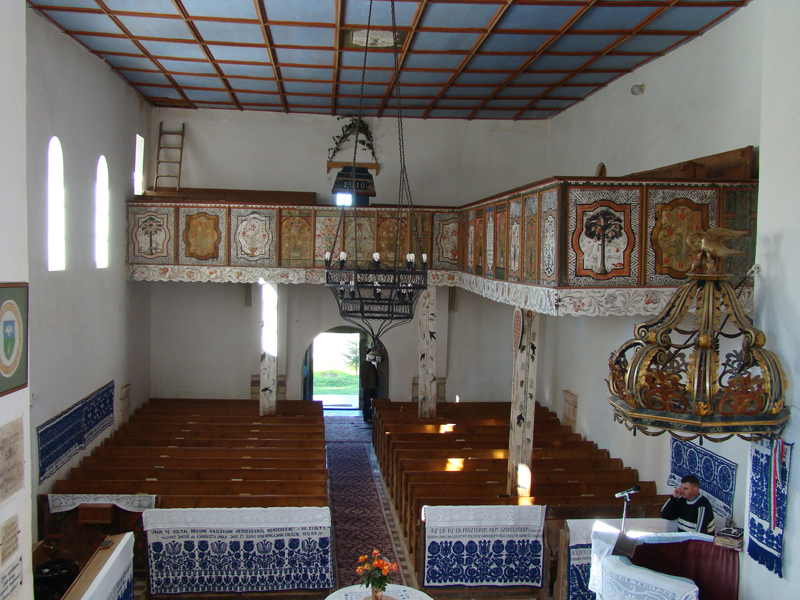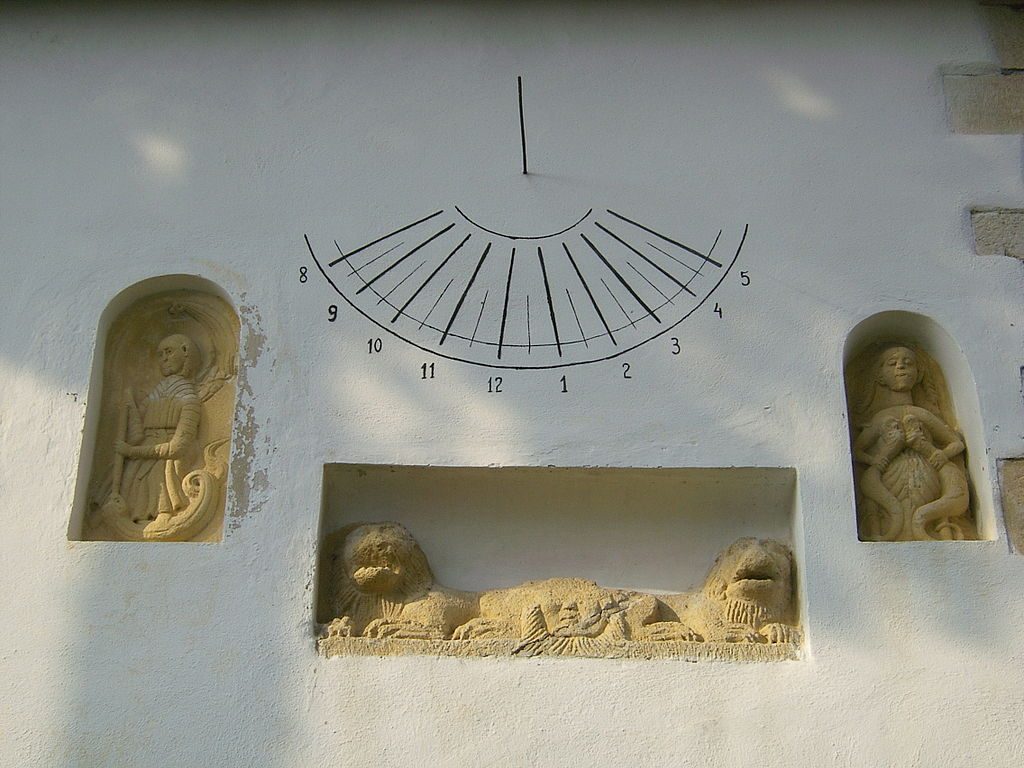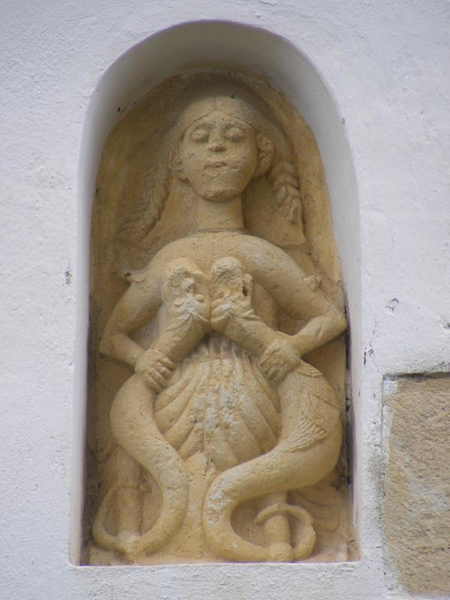The oldest church of the ethnographic region of Kalotaszeg (Ţara Călatei, Land of Călata) stands in Magyargyerőmonostor (Mănăstireni, Ungarisch Klosterdorf), a village situated in the upper part of the region, under the Vlegyásza (Vlădeasa) mountain.
The first mention of the settlement dates back to the first half of the 14th century: in the papal tax registry from 1332–337 it appears as villa Monostur, in a diploma from 1423 it is mentioned as Gyerewmonostora. The village and the surrounding lands throughout centuries were the properties of a handful of Hungarian noble families such as Kabos, Radó, Kemény, Kis, Dobszai, Mikola, Gyerő/fi.
There is a presumption that in the 13th century the quite potent Gyerőfi family built a monastery church for the Benedictine order. There is no evidence though to this in the documents studied so far; historians base this hypothesis mainly on the term monostur in the village’s name, which means monastery. On the other hand, the base plan of the church can be seen as a simpler variant of the 13th century Benedictine churches with 3 naves, semicircular apse, two western towers, and a western choir. As the ideas of the Reformation were quite popular in the region, in the 16th century, the village and the parish became Protestant and remains so today.
The construction history of the church consists of four main periods.
The nave of the church was built in the 13th century in the Romanesque architectural style, with a prolonged rectangular base plan, and two towers on the western façade. The sanctuary was a semicircular apse. According to the remains of the four pillars, the nave had a western choir as well, which was probably the place where the patron family sat during Masses
In the period of the Gothic architectural style, in the middle of the 15th century the semicircular apse was demolished, and a new, vaulted sanctuary was built that closed in three sides of an octagon, and a sacristy was constructed as well near the sanctuary.
The 16th century brought the Renaissance details to the architecture of the church – the beautifully carved stone frame of the sacristy’s door, and a niche in the southern wall of the sanctuary. There is a carved stone fragment as well, held in the sacristy, that was probably a part of a pulpit. On the frame of the door to the sacristy there is a date as well, the year of 1538
The wooden furnishings of the church were made in the mid 18th century, in Baroque style, by the famous carpenter-painter Umling family, father and two sons. The protective wall surrounding the church is also an 18th century construction.

The church’s southern towers’ upper levels collapsed, probably during a big earthquake registered in 1765. On the wall of the southern façade of the truncated tower there are three high reliefs integrated: going from east to west one can see the archangel St. Michael, portrayed in the moment when he stabs the dragon, that is Satan, then a Medusa-head situated between two lion-heads, which was once probably part of a roman tombstone, and thirdly, a relief portraying a young woman, with long, braid hair, whose breasts are being bitten by two snakes.

This embossment with a women’s figure is actually a medieval representation of one of the seven deadly sins, Luxuria, lust. The seven deadly sins are for the first time mentioned by Pope St. Gregory the Great: Superbia – Pride, Invidia – Envy, Ira – Fury, Avaritia – Avarice, Tristia – Sadness, Gula – Gluttony, and Luxuria – Lasciviousness, Lust.
The relief that is placed on the western façade of the southern tower of the church of Magyargyerőmonostor is actually a unique representation of Lust in Medieval-Eastern Europe. It has analogies in Vézelay, on a capital of the St. Madeleine church, dated from the 12th century, alongside the portrayal of Despair, on a 12th century capital in Autun, on a capital in the nave of the church of Gourdon, on a relief situated on an arcade pillar of the ruin church of Glendalough, on one of the reliefs of bronze gate of the San Zeno Church in Verona, and in the Cathedral of St. Pierre in Moissac, on the left side of the southern vestibule’s gate.
In the St. Pierre Cathedral Luxuria is portrayed as a tormented, naked woman, with her face distorted because of pain, as her breasts are being torn apart by snakes, and a devil stands besides her. Near Luxuria appears the representation of Avarice. In the Strasbourg Cathedral the portrayal of Luxuria appears in the context of the Last Judgement, opening her clothes in front of the potentates of the world, and offering them the apple of seduction.

The relief in Magyargyerőmonostor is an outstanding and unique example of Romanesque sculpture in this part of Europe. This Luxuria – unlike the representations mentioned – is sculpted with a calm face; the young woman holds up her head in a determined way, the only possible suggestion to pain might be her closed eye-lids. There might be a possibility, that the Luxuria from this church could symbolize the harlot that John the Evangelist talks about in his fifth vision.
Title Image: The Church of Magyargyerőmonostor, a simpler version of 13th century Benedictine churches